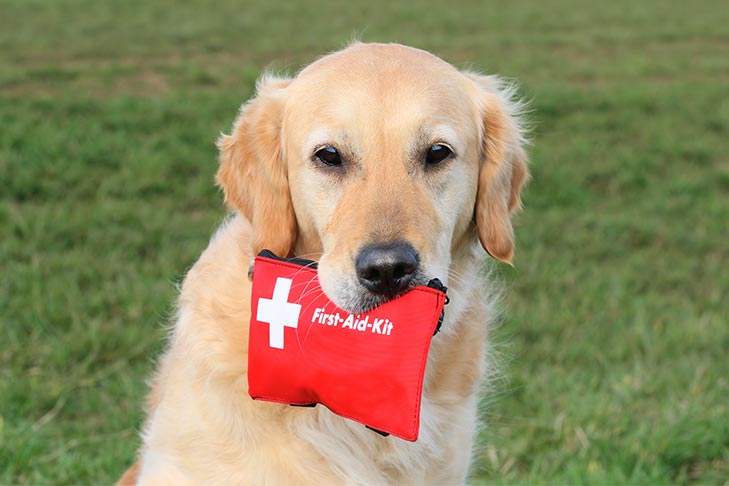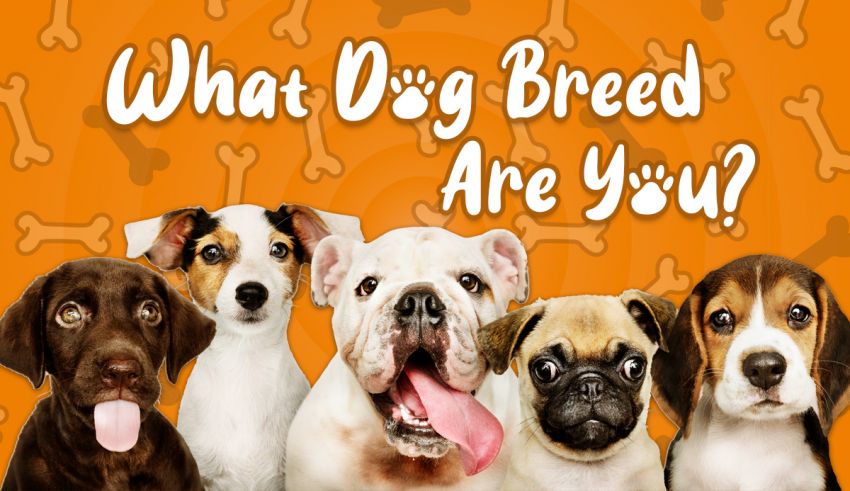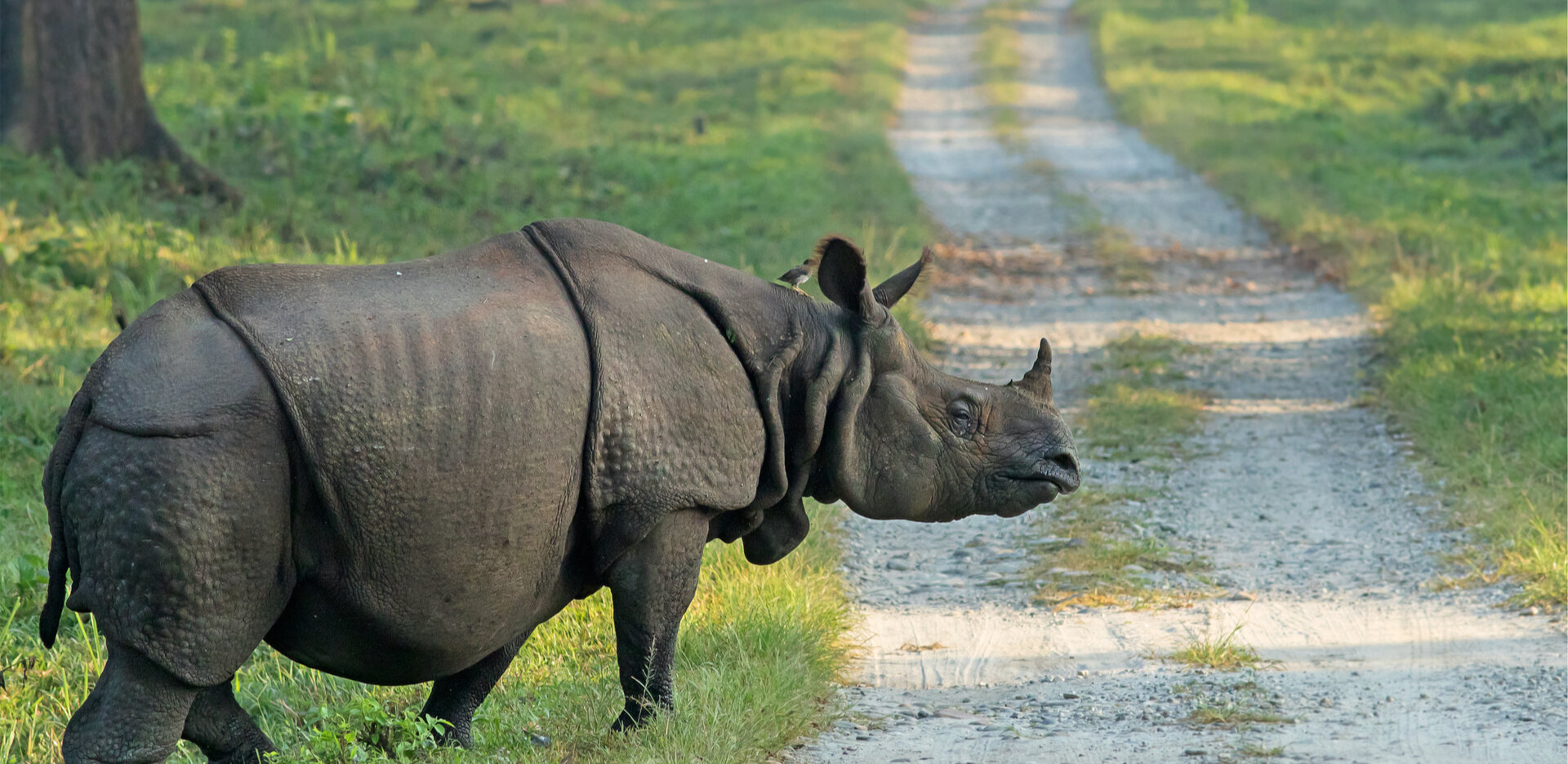ANIMALS
Essential Information for All Dog Owners: Providing Emergency Care for Your Canine Companion

Coping with a pet emergency can be overwhelming for any dog parent. Understanding the appropriate timing and approach to handle these pressing situations can significantly affect your pet’s health and likelihood of survival. For instance, if you suspect your dog requires emergency care for dogs knowing the steps to take can be crucial. Quick and effective emergency responses can prevent dire outcomes. Knowing what signs to look for and how to act promptly in these high-stress scenarios is essential. A well-prepared pet owner is better equipped to handle sudden medical issues, ensuring their dog receives timely care.
Common Signs Your Dog Needs Emergency Care
It is essential to take note of these signs in dogs as they may signal a possible emergency: trouble breathing, excessive bleeding, intense vomiting or diarrhea, injuries from accidents, and sudden collapse or loss of consciousness. Identifying these symptoms is essential for taking prompt action. Trouble breathing may indicate severe respiratory or heart issues, while deep cuts or internal wounds can lead to uncontrolled bleeding. Extreme vomiting or diarrhea can result in severe dehydration. Moreover, accidents causing trauma require prompt attention to prevent further complications. For pets, especially dogs, seeking emergency care for dogs Houston, TX is crucial. Finally, a sudden collapse or loss of consciousness is a serious situation that requires immediate veterinary attention. If you have any doubts about your dog’s condition, seek guidance from a veterinarian promptly to ensure you catch any issues early for the best chances of a successful outcome.
Immediate Actions to Take During a Pet Emergency
If you suspect your dog is facing a medical emergency, the first step is to stay calm. Panic can cloud your judgment and slow your response. Immediate actions you can take include:
- Contact your nearest emergency vet clinic: Phone ahead to inform them of your arrival and describe the situation.
- Administering first aid if you are trained: Basic first aid can stabilize your pet, such as controlling bleeding or ensuring they can breathe.
- Transporting your pet safely to the clinic: Use a carrier or blanket to move your dog carefully, minimizing further injury.
These steps can help stabilize your pet and ensure they get the swift care they need. Keeping the contact information of an emergency vet readily available can save valuable time. Training in pet first aid can also be incredibly beneficial, allowing you to provide immediate care before reaching the veterinarian.
Why Every Second Counts
In emergencies, every second counts. Swift intervention can prevent further injuries and complications. For example, a dog suffering from heatstroke or toxin ingestion needs immediate treatment to prevent organ failure or worse. Fast action can stabilize your pet, reducing the risk of long-term damage or fatalities. Immediate care can significantly improve your dog’s chances of recovery, minimizing long-term damage and discomfort. Being prepared and educated about emergency procedures empowers you to act decisively and confidently.
Preparing for Dog Emergencies
Preparedness is key. Create an emergency plan that includes:
- Keeping a first aid kit for pets at home: Include gauze, antiseptic wipes, tweezers, and a pet-safe antiseptic.
- Remember to save the location and contact details of the nearest emergency vet clinic on your phone and keep a hard copy accessible.
- Regularly updating your pet’s medical records: Maintain a file with vaccination records, allergies, chronic conditions, and current medications.
Being prepared can reduce panic and confusion during an emergency, allowing you to act quickly and effectively. Familiarize yourself with basic first aid procedures and the layout of your local emergency clinic. Drill practice scenarios to ensure you and your family know the steps. Preparation empowers you to manage stressful situations with composure, ensuring your pet receives timely and effective care.
Choosing the Right Emergency Vet
Not all veterinary clinics handle emergencies. Ensure you know which clinics in your area offer 24/7 services. It’s also important to read reviews and testimonials from other pet owners to find the most reliable clinics. Look for clinics with experienced staff, state-of-the-art equipment, and a reputation for handling emergencies efficiently. Having a trusted emergency vet on speed dial can save precious time and possibly your pet’s life during a crisis. Building a relationship with an emergency vet can also provide peace of mind, knowing you have a reliable professional to turn to when needed most.
The Role of Technology in Pet Emergencies
Modern technology offers various tools to help manage pet emergencies. Mobile apps can guide first aid, while some platforms allow direct consultation with veterinarians. For instance, some apps offer step-by-step instructions for standard emergency procedures, enabling you to store your pet’s medical information. These tools can provide step-by-step instructions and immediate expert advice when facing an emergency. Technology bridges the gap between the time an emergency occurs and professional help, providing critical support in those first crucial moments.
Maintaining Regular Vet Check-Ups to Prevent Emergencies
Routine veterinary appointments can detect possible health problems before they escalate into emergencies. Conversation with your vet about odd behavior or symptoms can result in faster identification and care. Regular preventive care, like vaccinations, dental cleanings, and blood tests, is essential for keeping your pet healthy and catching problems before they become serious. It is always more effective to prevent than to cure. By sticking to regular veterinary appointments, you can check your pet’s health and detect any issues early on to prevent them from worsening. Taking a proactive stance can decrease the chances of emergencies and improve your dog’s overall health in the long run.
By understanding the basics of emergency care for dogs, you can make informed decisions that could save your pet’s life. Preparation and knowledge are your best tools for handling any unexpected situation with your beloved furry friend. Equip yourself with essential information, remain vigilant, and always be ready to act promptly in your pet’s best interest.
ANIMALS
What Dog Breed Am I? Unveiling the Canine Mystery

Ever ask yourself, “What dog breed am I?” Knowing the breed of your pet may be more than just a game; it can provide you with an insight into their world. This post will discuss the value of being aware of your dog’s breed, examine the entertaining aspects of the “What Dog Breed Am I” game, and examine how it affects your day-to-day activities.
The Significance of Dog Breeds
There are duties associated with dog ownership, and understanding your dog’s breed can help you provide the right training and care. Understanding the little behavioral differences between breeds might assist in maintaining a happy and healthy connection. Furthermore, knowing the breed of your dog might help you anticipate any health issues.
The “What Dog Breed Am I” Game
Playing the “What Dog Breed Am I” game may be educational and enjoyable. There are many of interactive quizzes and applications available that let you evaluate your dog’s personality and physical attributes. It’s an enjoyable way to strengthen your bond and learn more about your four-legged friend.
Popular Dog Breeds and Their Characteristics
Let’s examine a few popular dog breeds and what makes them unique. Because of their enthusiasm and sociability, retrievers are great family pets. Poodles exhibit intellect and liveliness, whilst Bulldogs are quiet and devoted. German Shepherds are renowned for their astute intuition and protective demeanor.
The Impact on Daily Life
Knowing the breed of your dog affects your life in a way that goes beyond simple curiosity. Selecting a breed that fits your lifestyle is important since different breeds have different relationship dynamics. There’s an ideal fit for everyone, regardless of your lifestyle preferences—be they energetic or more relaxed.
Common Misconceptions
It’s not all about size when it comes to dog breeds. Large breeds may be gentle giants, while little dogs can have huge personalities. Furthermore, mixed breeds can provide surprising and distinctive qualities, dispelling myths about predictability based just on appearance.
The Joy of Discovery
Honor your dog’s individuality! Every dog, regardless of breed, has something unique to contribute. Accept mixed breeds and experience the fun that accompanies their unpredictable dispositions. Your dog is also on a self-discovery journey with you.
Tips for Responsible Dog Ownership
There is more to responsible dog ownership than just understanding the breed. Make sure your pet has the right nourishment and care, make frequent veterinarian checkups, and give socializing and training top priority. These elements support your furry friend’s joyful and fulfilling life.
The Human-Canine Bond
Knowing your dog’s breed is essential to developing a close bond with them. Encourage understanding between people and value the special relationship that forms between people and dogs. Love, trust, and friendship are the foundations of this connection.
Conclusion
More than simply a fun diversion, the “What Dog Breed Am I” game opens the door to a deeper comprehension of your furry friend. Understanding the breed of your dog allows you to provide them with the finest care possible, leading to a happy and satisfying life for both you and your pet.
FAQs
- Can I accurately determine my dog’s breed through a quiz?
Indeed, even if quizzes are entertaining, employing DNA testing or speaking with a veterinarian yields more precise findings. - Do mixed-breed dogs have unique advantages?
Of course! Dogs that are mixed breeds sometimes combine the finest traits from many breeds. - How does knowing my dog’s breed impact training?
It is easier to adapt training techniques to your dog’s instincts and actions when you are aware of their breed. - Are there breed-specific health considerations I should be aware of?
Indeed, certain breeds are more likely to have particular health problems than others, which is why routine veterinarian examinations are so important. - Can I celebrate my dog’s birthday even if I don’t know their exact breed?
Naturally, of course! No matter what breed your dog is, celebrating their birthday is a great way to express your love for them.
ANIMALS
One-Horned Rhino: Majestic Guardians of the Wild

One-Horned Rhino, scientifically known as the Indian rhinoceros (Rhinoceros unicornis), stands as a majestic emblem of strength and resilience in the animal kingdom. Endemic to the Indian subcontinent, these incredible creatures hold a unique place in both natural history and contemporary conservation efforts.
Historical Significance and Background
With roots tracing back to ancient civilizations, the one-horned rhino has been revered and depicted in various cultural artifacts, symbolizing power, and grace. Historical narratives intertwine with the existence of these magnificent beasts, shaping legends and folktales across generations.
Physical Characteristics
Distinctive Features
The most striking feature of the one-horned rhino is, undoubtedly, its single horn. However, their massive size, armored skin folds, and distinct shoulder hump also contribute to their iconic appearance. Found predominantly in the lush grasslands and marshy areas, these giants navigate their habitats with surprising agility.
Habitat and Range
These rhinos primarily inhabit the floodplain grasslands and forests of Nepal and northeastern India. Their existence is delicately intertwined with these ecosystems, fostering a delicate balance that sustains numerous species within these regions.
Conservation Status
Despite their historical significance, the one-horned rhinos have faced severe threats, primarily due to habitat loss and poaching. Conservation initiatives have played a pivotal role in their survival, but challenges persist, demanding continued vigilance and efforts to safeguard these creatures.
Threats and Challenges
Habitat fragmentation, illegal wildlife trade, and human encroachment pose significant threats to their existence. Poaching, driven by the demand for their horns in traditional medicine, remains a critical concern.
Conservation Efforts
Dedicated conservation projects and stringent anti-poaching measures have yielded positive outcomes, exemplifying the potential for human intervention in preserving endangered species. Initiatives involving local communities and governments have shown promise in securing the future of these rhinos.
Cultural and Symbolic Importance
Beyond their ecological role, the one-horned rhino holds profound cultural significance, being revered in indigenous folklore and traditions. Their presence embodies strength, resilience, and harmony with nature in various cultural narratives.
Role in Ecosystem
As keystone species, these rhinos play a crucial role in shaping their habitats. Their grazing patterns and interactions with other species contribute significantly to the balance of the ecosystem, emphasizing their importance in maintaining biodiversity.
Tourism and Economic Impact
The presence of these magnificent creatures draws tourists and generates economic opportunities for local communities. Responsible ecotourism initiatives have not only raised awareness but also supported conservation efforts.
Human-Wildlife Conflict
The coexistence of humans and rhinos has led to occasional conflicts, emphasizing the need for sustainable solutions that address the needs of both communities and wildlife.
Research and Scientific Studies
Ongoing research provides invaluable insights into their behavior, ecology, and health. Advancements in technology aid conservationists in better understanding and safeguarding these creatures.
Unique Adaptations
Adapted to their habitats, these rhinos exhibit fascinating physiological and behavioral adaptations that contribute to their survival in diverse environments.
Comparison with Other Rhino Species
Contrasting the one-horned rhino with other species sheds light on their unique traits and evolutionary pathways, showcasing the diversity within the rhinoceros family.
Myths and Legends
Ancient folklore and tales surrounding these creatures offer a glimpse into cultural perceptions and the deep-rooted significance attributed to them.
Successful Conservation Stories
Stories of successful conservation efforts provide hope and inspiration, highlighting the impact of dedicated initiatives in preserving endangered species.
Educational Initiatives
Education plays a pivotal role in fostering conservation awareness and instilling a sense of responsibility toward protecting these majestic animals for future generations.
Conclusion
In a world where wildlife faces numerous challenges, the preservation of the one-horned rhino stands as a testament to the power of concerted conservation efforts. As guardians of the wild, their survival symbolizes our commitment to preserving biodiversity and nurturing harmonious coexistence between humanity and nature.
Unique FAQs
**Why is the one-horned rhino called “unicorn” rhino?
The term “unicorn” derives from their single horn, resembling the mythical creature, but unlike the mythical unicorn, the rhino’s horn is not used for magical purposes.**
**What are the primary threats to the one-horned rhino’s existence?
Habitat loss due to human encroachment, poaching for their horns, and occasional human-wildlife conflicts pose significant threats.**
**How do one-horned rhinos contribute to their ecosystems?
Their grazing patterns and interactions with other species influence the landscape, supporting biodiversity within their habitats.**
**Are there any ongoing conservation projects specifically dedicated to one-horned rhinos?
Yes, several conservation initiatives by governments, NGOs, and local communities focus on protecting and restoring habitats for these rhinos.**
**How can individuals contribute to one-horned rhino conservation?
Supporting ethical tourism, raising awareness about their plight, and contributing to reputable conservation organizations can significantly aid in their protection.**
Get Access Now: https://bit.ly/J_Umma
-

 Fashion9 months ago
Fashion9 months agoλιβαισ: An Ageless Tradition of Denim and Fine Handicraft
-

 Technology7 months ago
Technology7 months agoA Comprehensive Guide to the Meaning and Significance of FTMÇ·
-

 Lifestyle4 days ago
Lifestyle4 days agoIlikecomox: A Journey of Discovery
-

 Health8 months ago
Health8 months agoWell Health how to Build Muscle and Boost Your Strength
-

 Business10 months ago
Business10 months agoКинокрадко – A Serious Threat to Film Industry!
-

 Technology9 months ago
Technology9 months agoPixwox: Unleashing the Magic of Digital Art and Creativity
-

 Health9 months ago
Health9 months agoHow to Build Muscle with WellHealth: A Comprehensive Guide
-

 Business9 months ago
Business9 months agoWells Fargo login Online Banking
